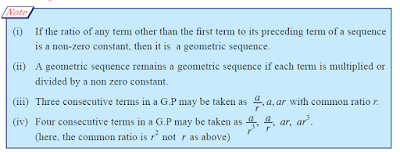Topic Eight: "Probability"
Definition:
Mathematicians use the words “experiment” and “outcome” in a very wide sense.
Any process of observation or measurement is called an experiment. Noting down whether a
newborn baby is male or female, tossing a coin, picking up a ball from a bag containing balls
of different colours and observing the number of accidents at a particular place in a day are
some examples of experiments.
A random experiment is one in which the exact outcome cannot be predicted
before conducting the experiment. However, one can list out all possible outcomes of the
experiment.
The set of all possible outcomes of a random experiment is called its sample space and
it is denoted by the letter S. Each repetition of the experiment is called a trial.
A subset of the sample space S is called an event.
Let A be a subset of S. If the experiment, when conducted, results in an outcome that
belongs to A, then we say that the event A has occurred.
Examples:
Let us illustrate random experiment, sample space, events with the help of some
examples.
Reference:
www.textbooksonline.tn.nic.in/books/std10/std10-maths-em-2.pdf








